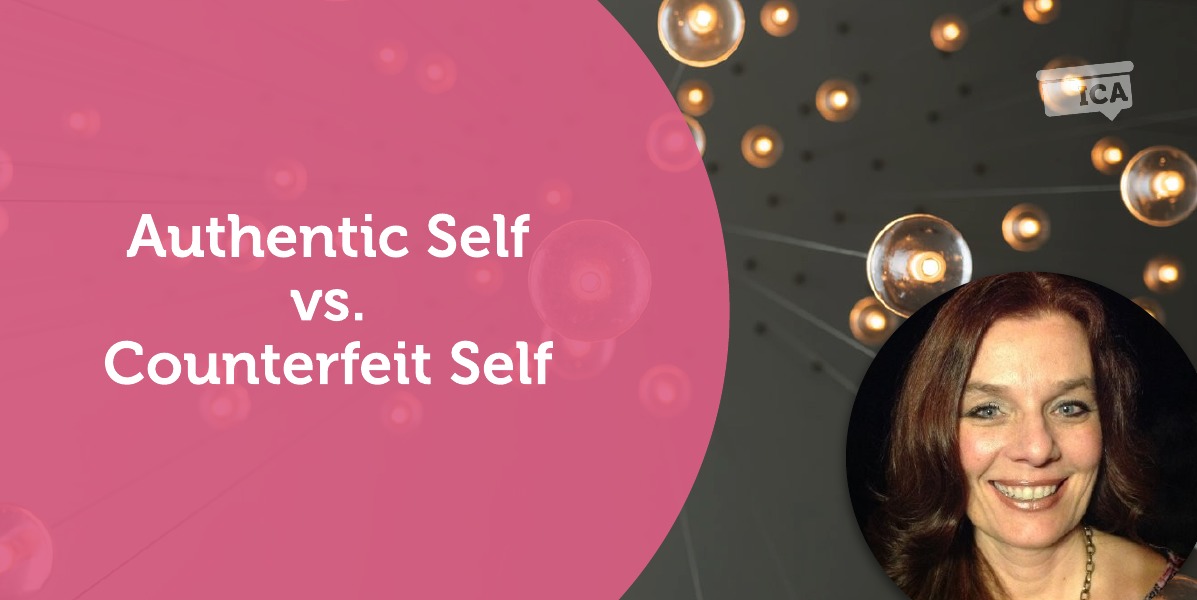
A Coaching Power Tool Created by Dianne Ward
(Executive Coach, UNITED STATES)
Have we finished creatures that have been created or are we still in the process of creation? Can we take the role of the creator in our lives?
Clients may not be able to see beyond their past experiences, results and decisions. Because of this, they may approach their future as predetermined, with little room left for them to make an impact on the results. So, even though they are comfortable visualizing and daydreaming about the future, in their heart, they feel that their plans are unattainable or unsustainable.
There are at least two reasons why clients may be hesitant to consider being the creator in their life. For clients of certain religions, this may seem sacrilegious or even blasphemous. However, for this discussion, we are not trying to replace a higher power, but want to acknowledge our own role and influence in what happens to us in our life. The second reason clients may shy away from taking a creator role is that they do not see themselves as creative. Most adults would not describe themselves as creative. Unfortunately, our definition of creativity has been limited to artistic creativity, and for the ability to produce works of art that are considered praiseworthy. However, if you have ever watched a mom get her children ready for school, you can see an immense amount of creativity as she works through the thousand little problems that pop up unexpectedly before the school bus arrives! So, it is helpful and necessary to acknowledge that we all have within us the ability to be creative!
We can invite our clients to consider that they are still on their journey, nothing has been truly completed, and everything is still in the creation process. Consider the two ends of this spectrum and what they can mean for your client:
Created Perspective
Some other contrasts between the two perspectives:

Coaching Application
As we work with our clients, we can get an understanding early in the conversation which end of the spectrum our clients think and operate. It is important to realize that neither end is good or bad. This understanding just gives us a good place to start with helping the client see where they are, and where they want to be on that spectrum. Hopefully, this will also help the client realize their current mindset and beliefs that may be limiting them.
Questions the coach might ask:
If your client seems to struggle with acknowledging their creative potential, invite them to discover their own innate ability. Some exercises that can bring their awareness of their creativity to a more conscious state:
If your client is further along on the creativity spectrum, help them put their ideas into a structure for action planning. The challenge for wildly creative clients may be to harness multiple ideas into an organized action plan. Help direct their creative energy into designing action plans, goals, and managing their progress and accountability.
Conclusion
Being able to support your client into moving more toward the creator role will enable them to create new solutions for the issues that they want to improve. And, being more in a power position will give them a sense of confidence and the hope that they can indeed influence the direction of their life. This will become a self-fulfilling prophecy and will, in turn, move them into being the creator in their lives even more!
